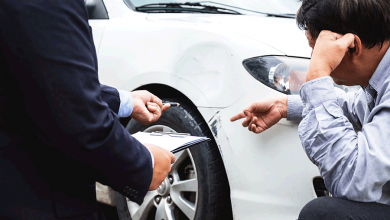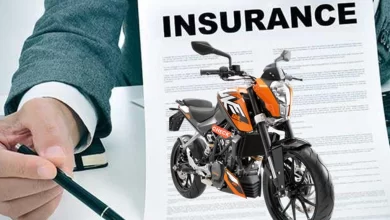Can I Withdraw Money From My Life Insurance?

It’s tough living in an economy where prices are increasing and so are the debts; in times like this people are scrambling to find a way to pay their expenses. Now, you may want to think about the insurance policy you have invested in and the fact that, you can tap into those funds if you are really strapped for cash. But usually, when policyholders take this decision they ask themselves “Can I take money out of my life insurance?”
Before we answer that question, you need to know what kind of life insurance policy you have, term or permanent.
>> If you have a term life insurance, then you cannot withdraw; this policy doesn’t have any cash value and includes a death benefit which means that the money will only be released for the benefit of your beneficiary.
>> Permanent life insurance is the only type of insurance policy that allows you to make a withdrawal if you have a cash value amount invested in it that has grown over time tax-deferred. This insurance policy is also known as, whole life insurance, universal life insurance, and variable life insurance. Permanent life insurance, unless sold, lasts for your entire life.
In this policy, a portion of the monthly premiums gets transferred into your cash value account. You can use the amount saved in this account to pay for premiums or even withdraw for other financial benefits. If you have borrowed or withdrawn money that goes against the cash value then you must pay the loan back with interest or your death benefit will be reduced in order to accommodate the death benefit.
When is it fine to withdraw cash from a life Insurance?
Insurance policies that build upon cash value, allow the policyholders to withdraw cash as well. Usually, when you want to withdraw and obtain the cash value, the ability to do so is inbuilt in the contract design itself when the insurance company comes up with a new plan.
Permanent life insurance policies have a flexible plan. For universal life insurance you can make withdrawals even if your contract is young, but for whole life insurance the plan may not be as flexible; they require you to have the policy for a long term before any withdrawals are made.
Withdrawal rules are not the same in every policy, they vary from one policy to another and are monitored by federal tax rules, and these rules limit the size of the cash value that is comparative to the policy’s death benefit.
In some policies, over a period of time, the cash value can grow to match the death benefit. In this case, the policyholder can decide whether he wants to continue the policy so that the death benefit can go on to his beneficiaries or he wants to withdraw the amount for immediate use.
One aspect of withdrawal that the policyholder needs to keep in mind is that, once the money from the cash value is withdrawn, it will affect the amount of the death benefit. Which means the amount will reduce. If the amount of money that is removed exceeds the actual amount of your cash value it may not remain intact. A withdrawal is different from a loan, when you withdraw from your policy it means that money is taken out from the owner’s investment from the insurance policy through the premiums that he/she has paid.
For example:
If the client has paid 10, 000 dollars for ten years as premium, he/she is now eligible to withdraw 100,000 dollars. Once you have withdrawn your funds you cannot initiate it back into the contract, so even though this task can be tax-free it doesn’t mean that it’s entirely flexible. So the client will have to think about the pros and cons about withdrawing from the cash value as it will affect the death benefit in the end.
Conclusion:
A long-term policy that has collected a good amount of its cash value can be a rather impressive asset to your overall financial plan. Before you decide to take cash out of your policy always read the fine print and consult a good life settlement company like Harbor Life Settlement, where they can guide you and help you through the process.






